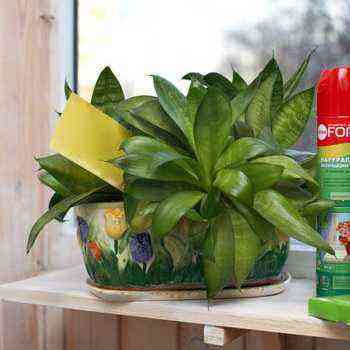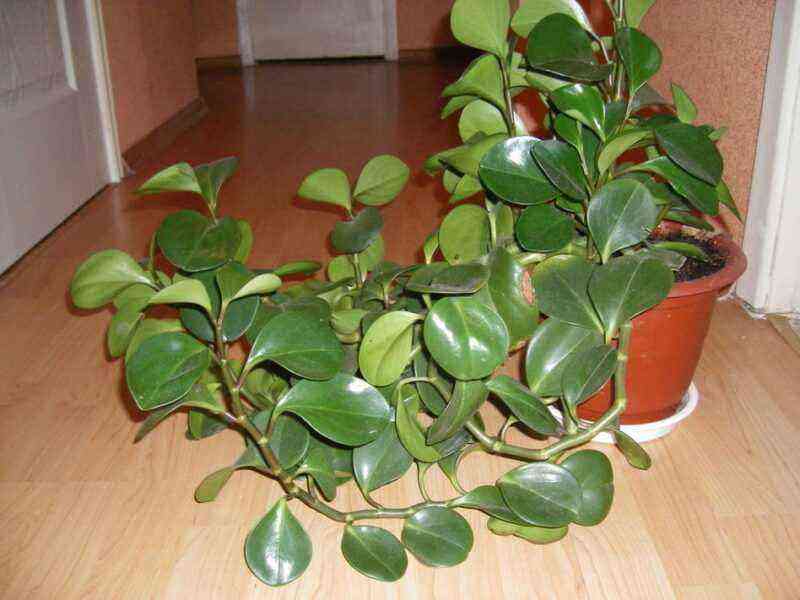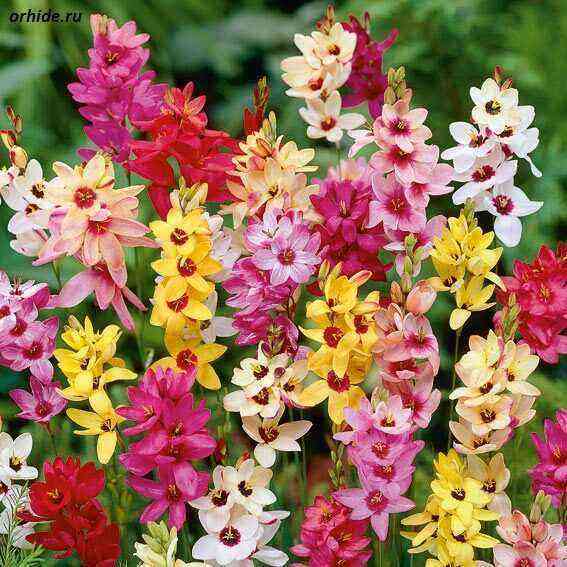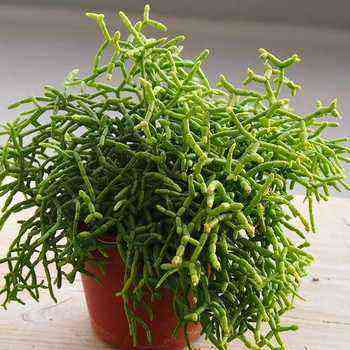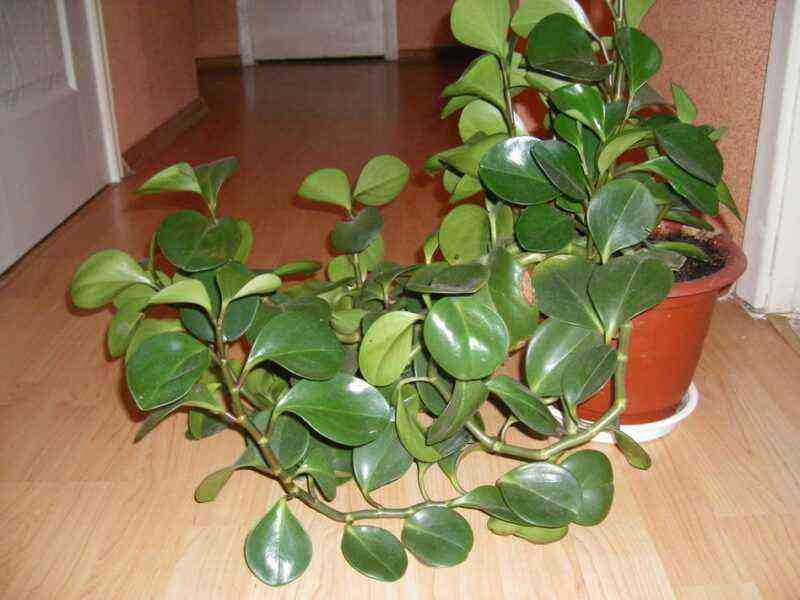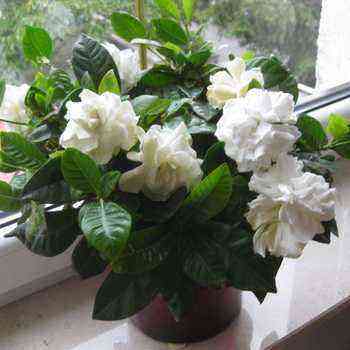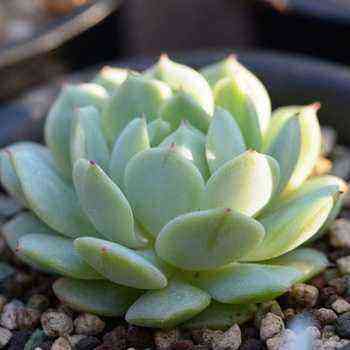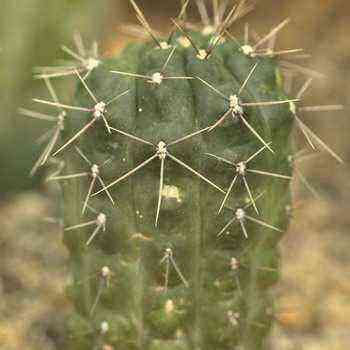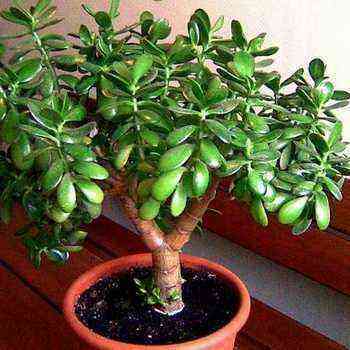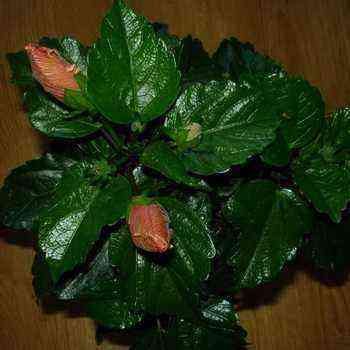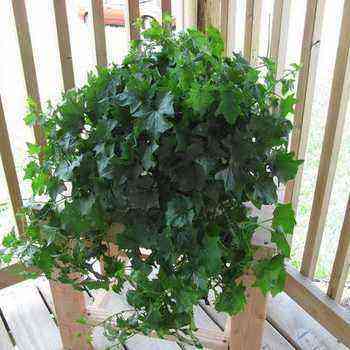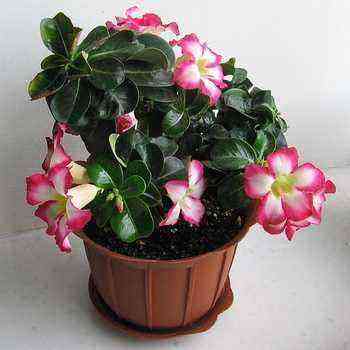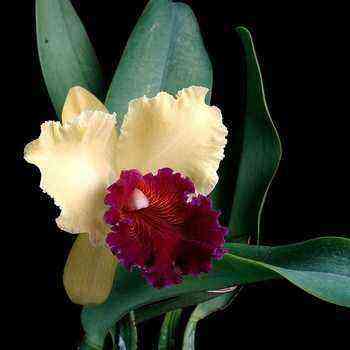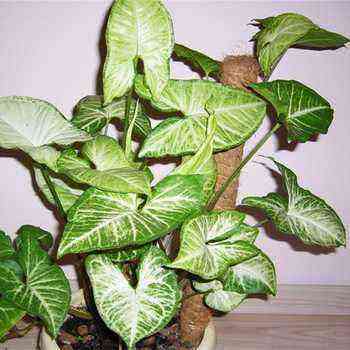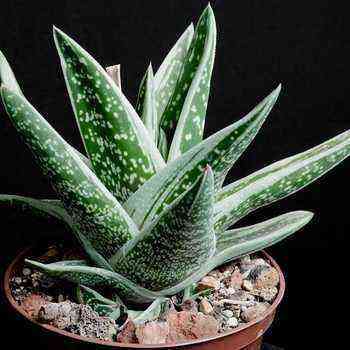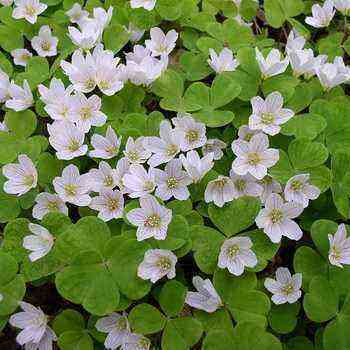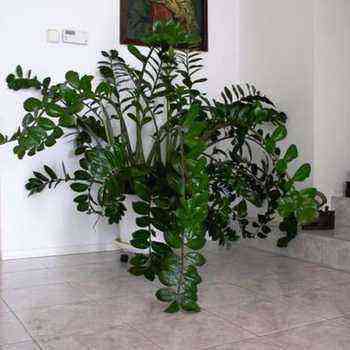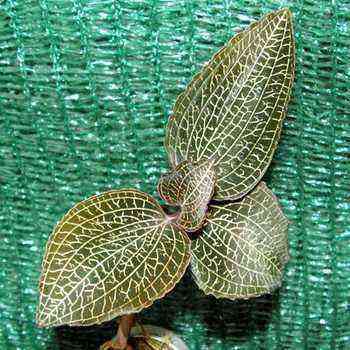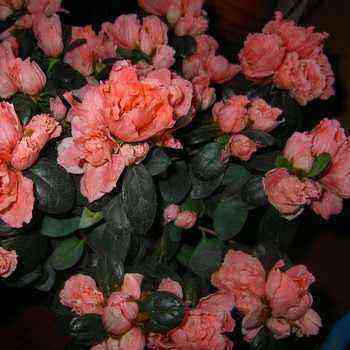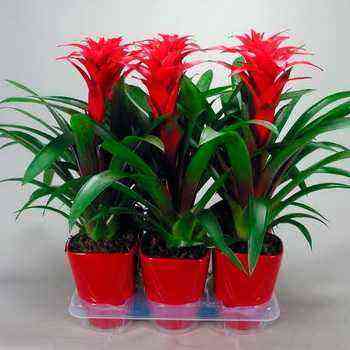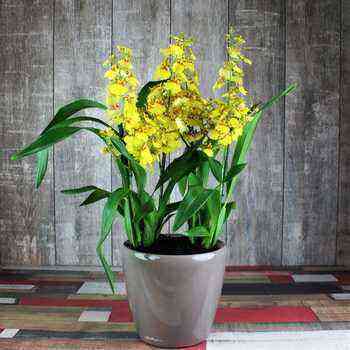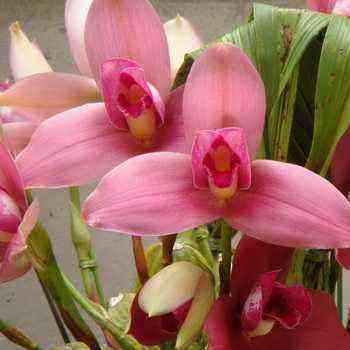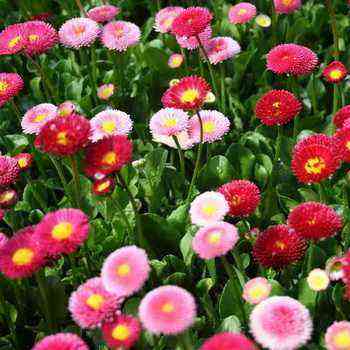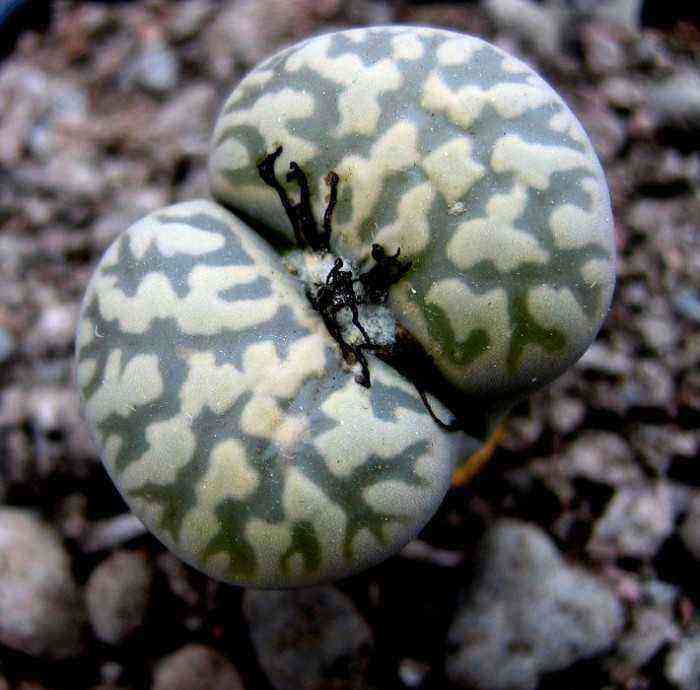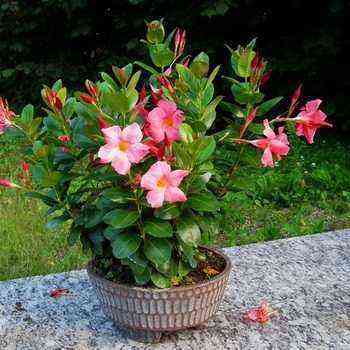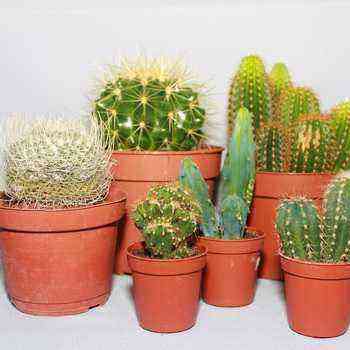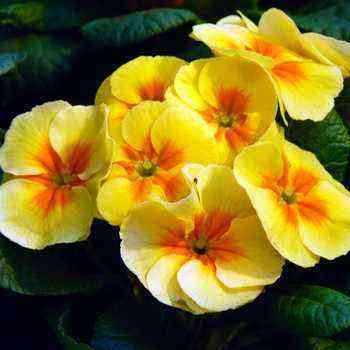Pachystachis yellow (Pachystachys) has been known to Russian lovers of indoor floriculture for a long time. However, not everyone knows about what kind of care is required for this native of the southern Peruvian countries.
Currently, depending on climatic conditions, pachistachis flowers can be used not only to decorate window sills, but also as a landscape shrub. Indeed, with properly organized agrotechnical care, the height of the kut can reach one and a half meters. This highly ornamental plant, in a harsh climate with cold winters, can be used for transplanting. But the main practical application is the cultivation of the indoor pachistachis flower at home.

There are several varieties of pachistachis. It is the yellow species most commonly found in our homes. In addition to it, there are red, orange, purple, white pachistachis.
Description of pachistachis flower with photo
Pachystachis flowers, according to the description, are an evergreen shrub that is used in landscape landscapes and as a houseplant. Belongs to the acanthus family. The flower is native to the territory of South America, where it is still common in the wild culture in El Salvador and Peru.
With proper care, it reaches a height of 1,5 – 2,0 meters. For cultivation at home, agricultural technology provides for the formation of compact plants with a small stem height. The leaves are elongated, spear-shaped. They are distinguished by a glossy, saturated dark green surface. The average leaf length is 6 cm. Veins are expressed on them. A healthy plant is covered with foliage with the edges down very densely, which creates a ball effect. You can see pachistachis in the photo.
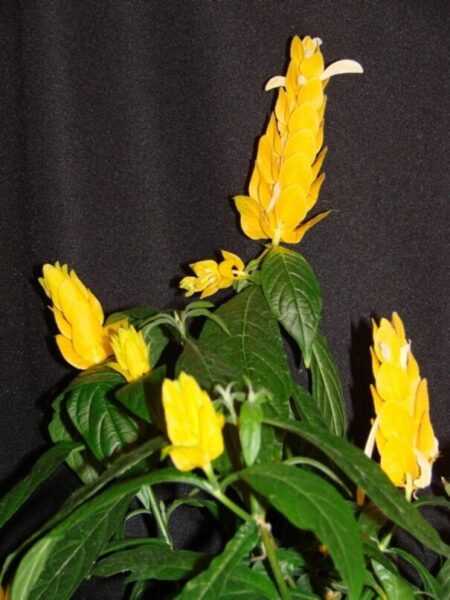
Flowers are spike-shaped, which is formed by inflorescences tightly attached to each other. The spike is tetrahedral, rich yellow, red, orange or white. As the spike grows older, white wings begin to appear from the axils of the inflorescences, which only add exoticism to the look of the flower. The lifespan of one ear can range from 2 weeks to 1 month. After that, the inflorescence is discarded.
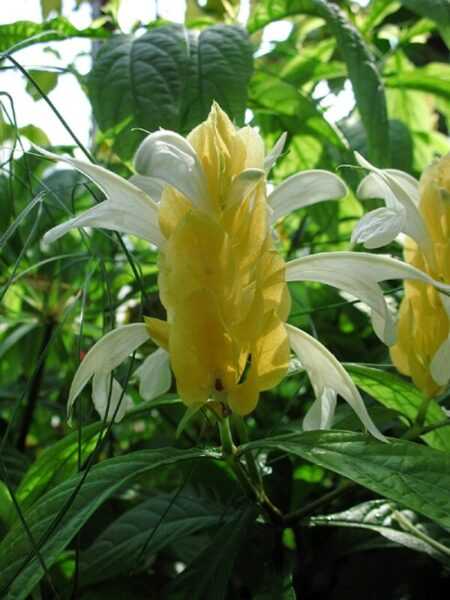
Long flowering. In the middle lane, it can be interrupted only for a period of reduced daylight hours, by 1 – 2 months. To prolong the flowering of pachistachis, regular full-fledged fertilizing is necessary in the form of organic and mineral fertilizers.
The use of pachistachis flowers in culture
Pachystachis yellow flowers are easily grown indoors. For reproduction, the method of grafting and dividing the bush is used. Places with a high level of illumination throughout the day are selected for cultivation. Otherwise, the stems may be pulled out and the leaves fall off.
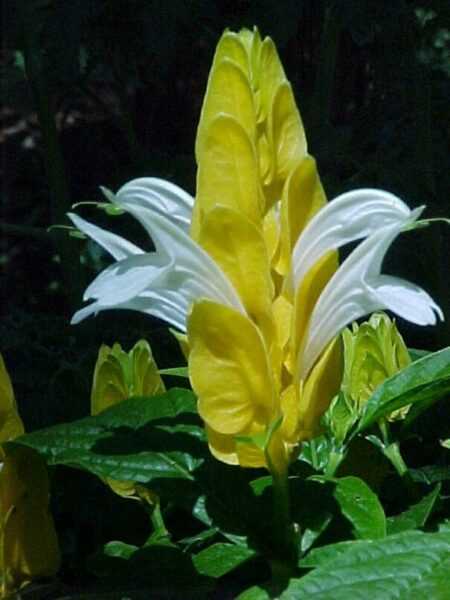
In central Russia, pakhistakhis can be used as a decorative landscape culture. Usually, a seedling growing method is used for this. For future planting, cuttings are made in the first half of February. The cuttings are rooted and planted in seedling containers. Provides additional lighting and regular feeding.
After the frost on the soil has passed, the grown bushes are planted in the ground in the place of their constant growth. During the period of growing seedlings, it is necessary to periodically pluck the main shoots. This way you can create an excellent appearance and prevent early flowering. When the air temperature outside rises to 15 degrees Celsius, you can start hardening the plants. For this purpose, they need to be taken out into the fresh air once a day. The procedure begins in 1 minutes and is gradually brought to 20 hours.
Growing pachistachis: care and propagation by cuttings
Growing pachistachis at home is not a burdensome process. However, it is worth knowing the basic rules of agricultural technology in order to get a beautiful and abundantly flowering plant, and not an incomprehensible bush with elongated stems and single inflorescences.
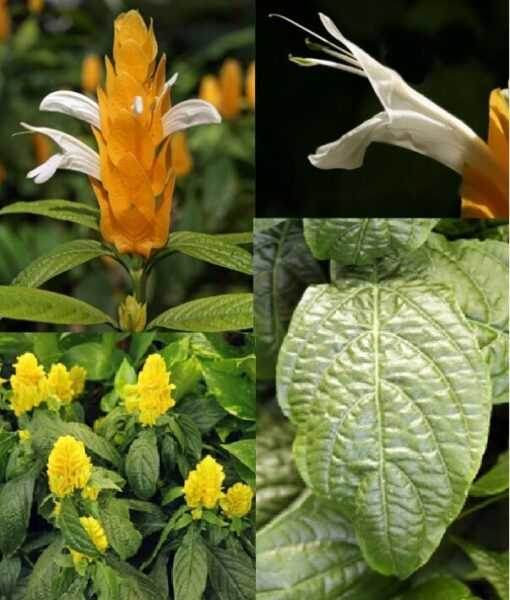
Pachystachis is planted in fertile, perfectly structured soil, which must first be enriched with organic matter in the form of humus, compost or rotted manure. Reproduction of pachistachis by cuttings is the most affordable way in our conditions. Fresh, healthy shoots up to 12 cm long are taken for cuttings. They are cut with a sharp knife and placed in water. The water is changed daily until roots up to 1 cm long appear. At this time, the cuttings are rooted in separate containers or are immediately planted in a pot in which they will grow constantly. In this case, it is advisable to plant 3-5 cuttings in one container. This will make it easier for you to form the correct shape of the bush and achieve abundant flowering.
When pachystachis is propagated by cuttings, the plant retains all its maternal properties, including the color of the seed heads, its shape and standard length. For selection, methods of crossing, seed reproduction are used.
It is necessary to provide adequate home care for pachystachis. Coming from the hot regions of our planet, this flower does not tolerate even short-term exposure to cold air. Therefore, you should not allow drafts, especially in autumn and winter. This can lead to massive loss of foliage and cessation of flowering.

Regular watering is required. In the summer and spring, watering should be daily until the earthen coma is completely wet. In winter and late autumn, watering is carried out as the topsoil dries up. As the leading measures for caring for pachistachis at home, regular spraying of the leaves with settled warm water is listed. In the hot season, spraying can be carried out 2 – 3 times a day. However, make sure that plants with water droplets on leaves and flowers are not exposed to sunlight. This could result in burns.
Top dressing is carried out depending on the season. During the period of growing green mass, use mineral fertilizers with a high percentage of nitrogen and organic matter. In preparation for flowering, magnesium and potassium should prevail in the fertilizer. This will ensure the formation of a large number of flower buds and their more intense color. Organic matter should be applied once every 1 weeks. Mineral dressing is carried out 2 times a week during the flowering period and 2 time in 1 weeks during the dormant period.
Diseases and pests of pachystachis
There are some specific diseases and pests of pachystachis that create problems in indoor cultivation. Most often, whiteflies, mealybugs, aphids, spider mites settle on flowers. May be affected by powdery mildew. Against pests and diseases, you should use special preparations that you can buy in stores.
In the summer, the problem with diseases and pests is solved by regularly airing the shrubs in the open air under the direct unprotected action of ultraviolet rays.

Very often, gardeners complain that the leaves of the pachistachis are curled. This is a consequence of insufficient watering and dryness of the surrounding air. Examine the leaves from the inside, if you do not see any damage and insects there, then just wet the earthen ball thoroughly and intensify the watering of the plant. To soak the earthen clod, the pot with the plant is placed for 10 hours with a basin with settled water at room temperature.
If pachystachis leaves fall off, then this is a consequence of improper care of the plant at home. It is necessary to reconsider your policy of applying mineral fertilizers. Most likely, this is a consequence of nitrogen deficiency. Also check the moisture content of the earthen coma and spray the leaves of the plant at least once a day.
We hope that we have provided you with comprehensive information about indoor pachystachis flowers, their reproduction and growing at home. We wish you the best of luck in cultivating this exotic guest on our windowsills.
